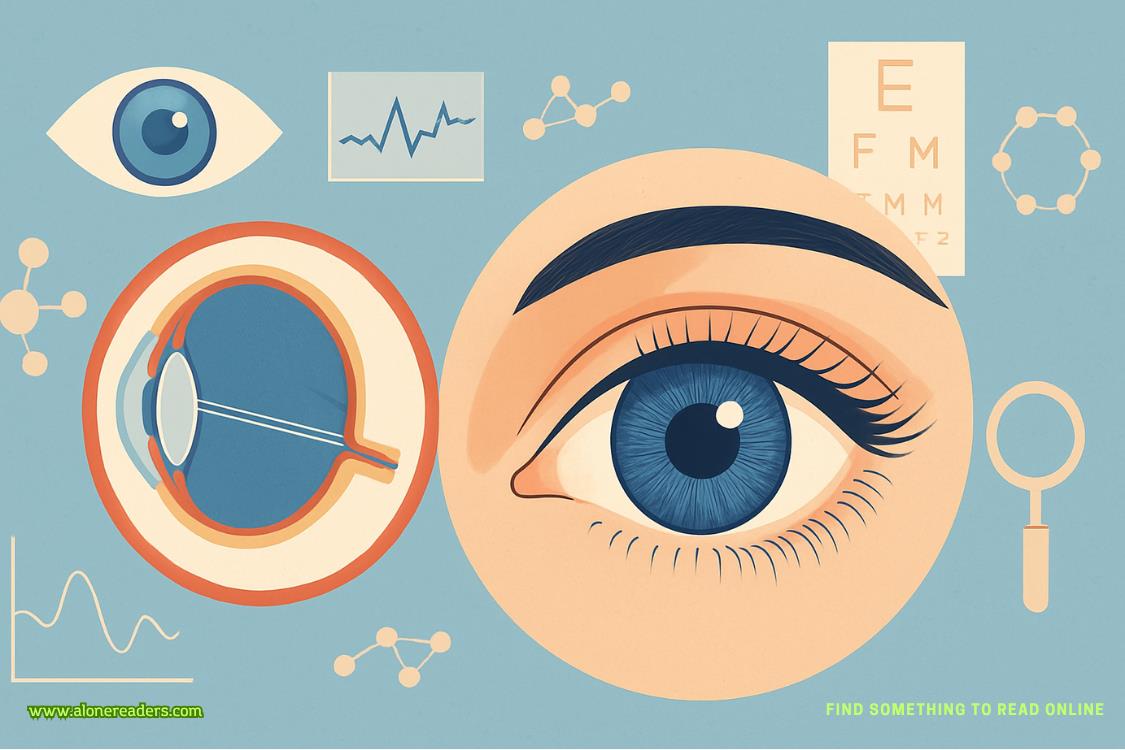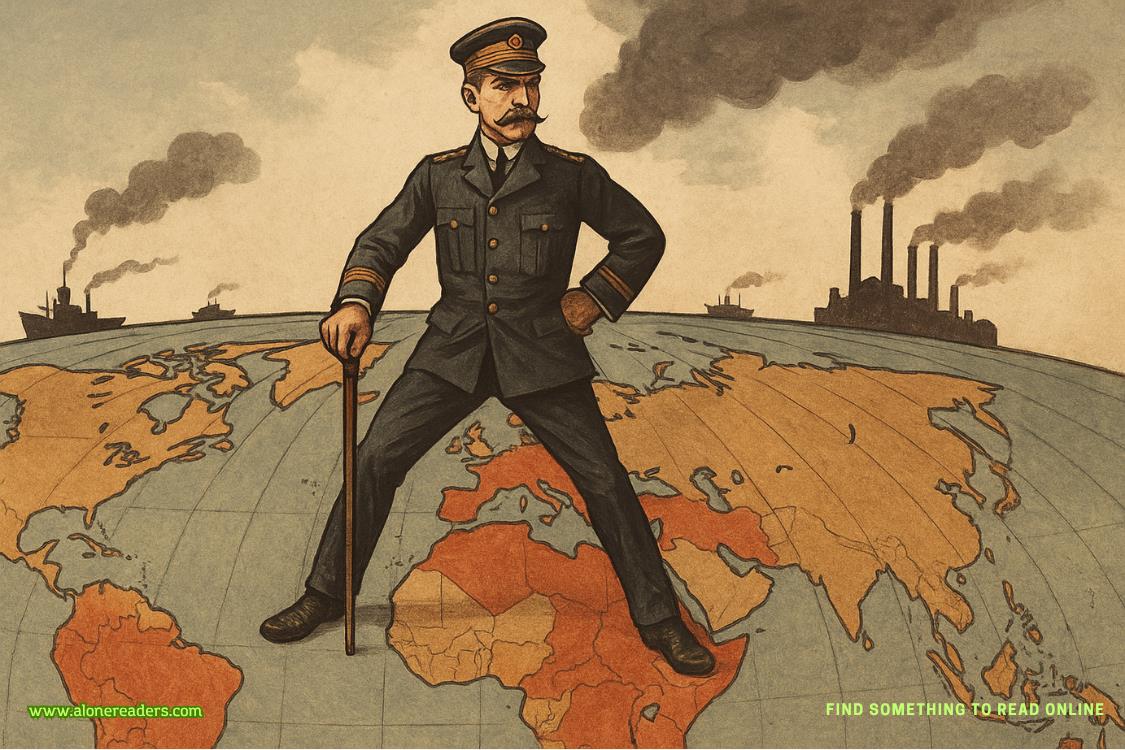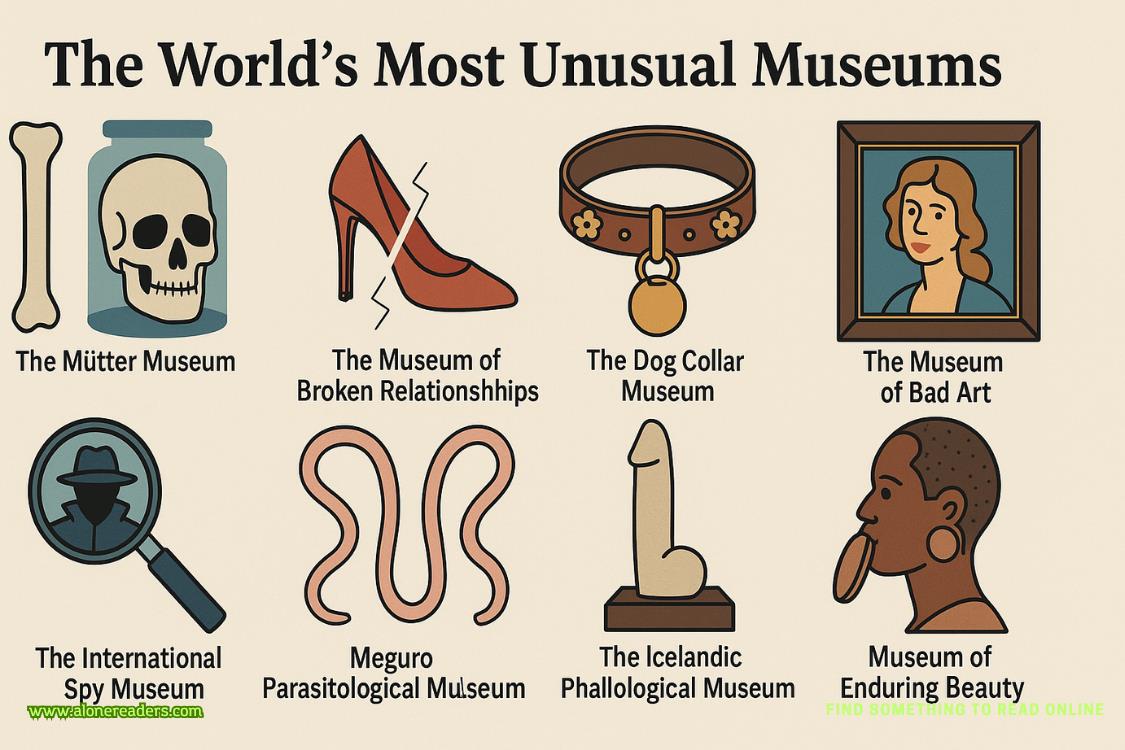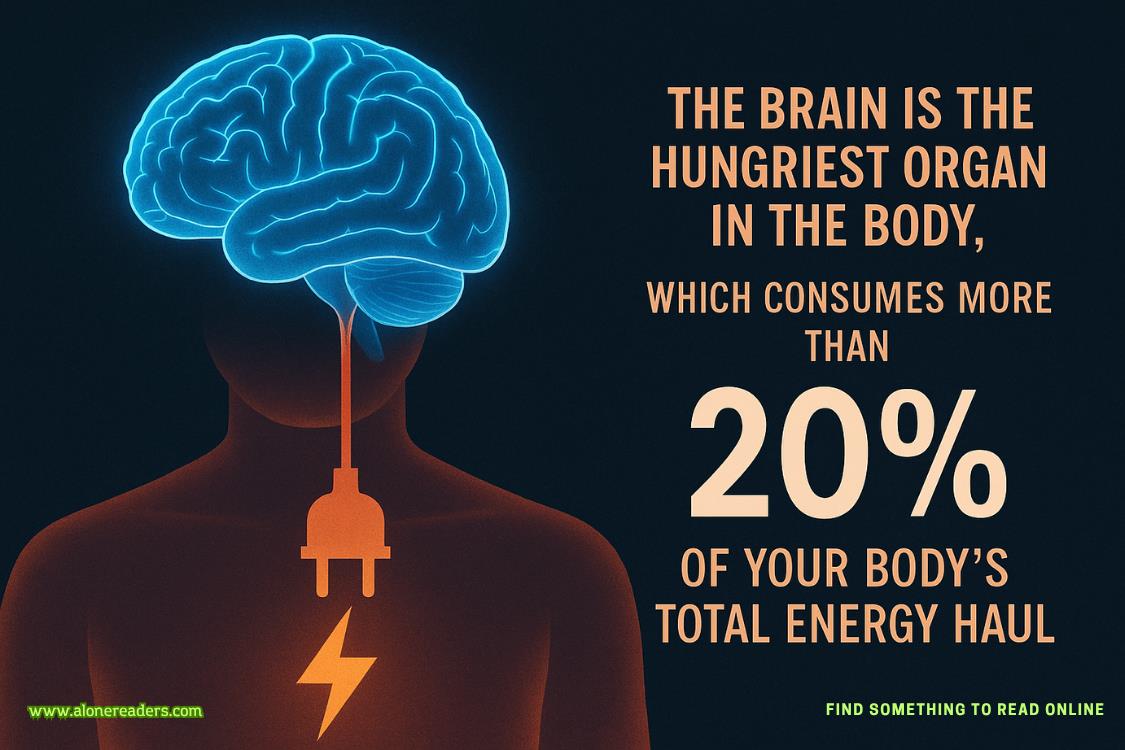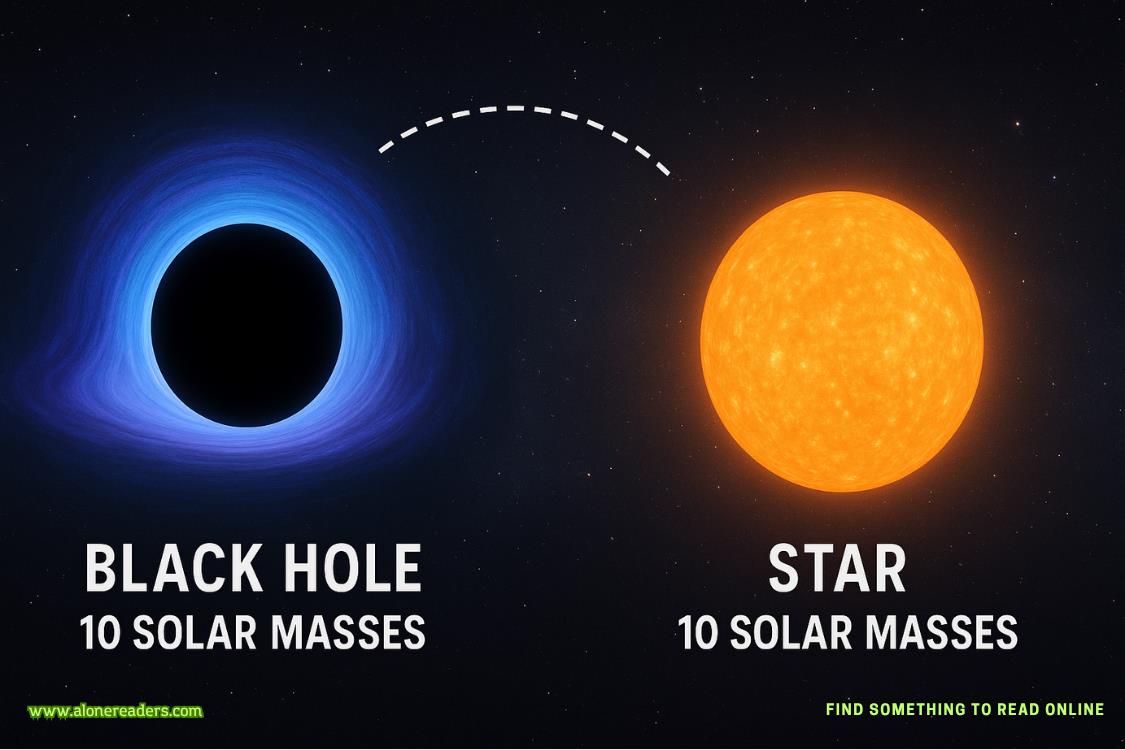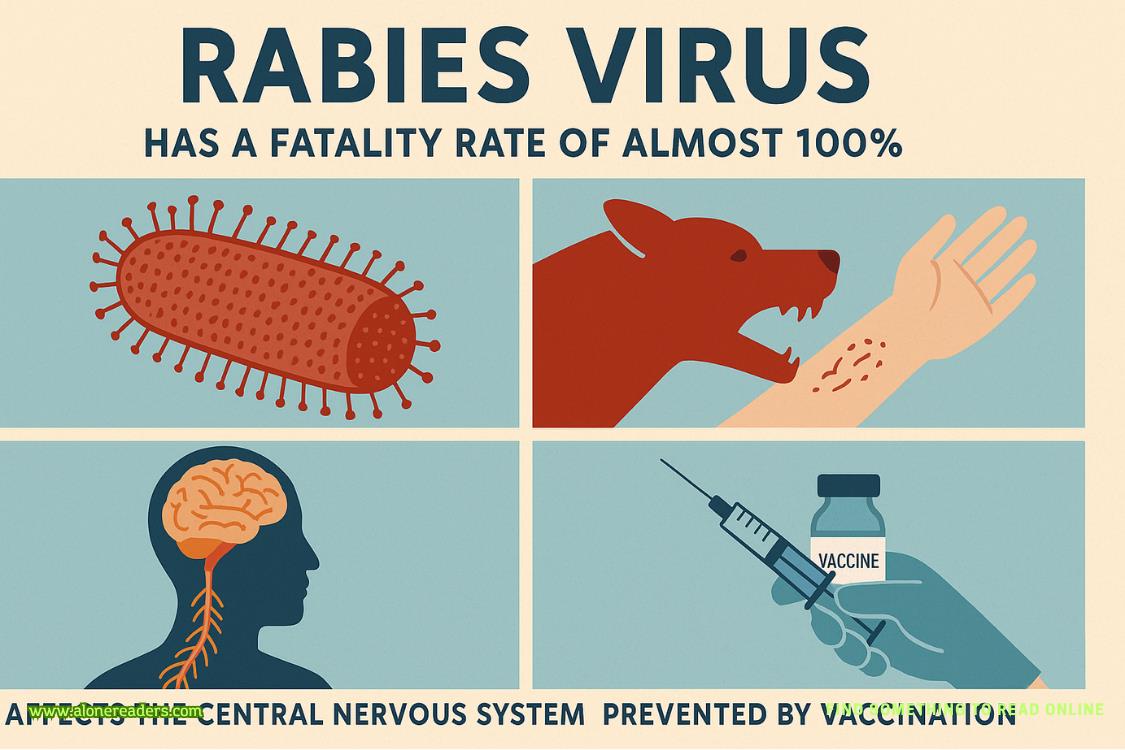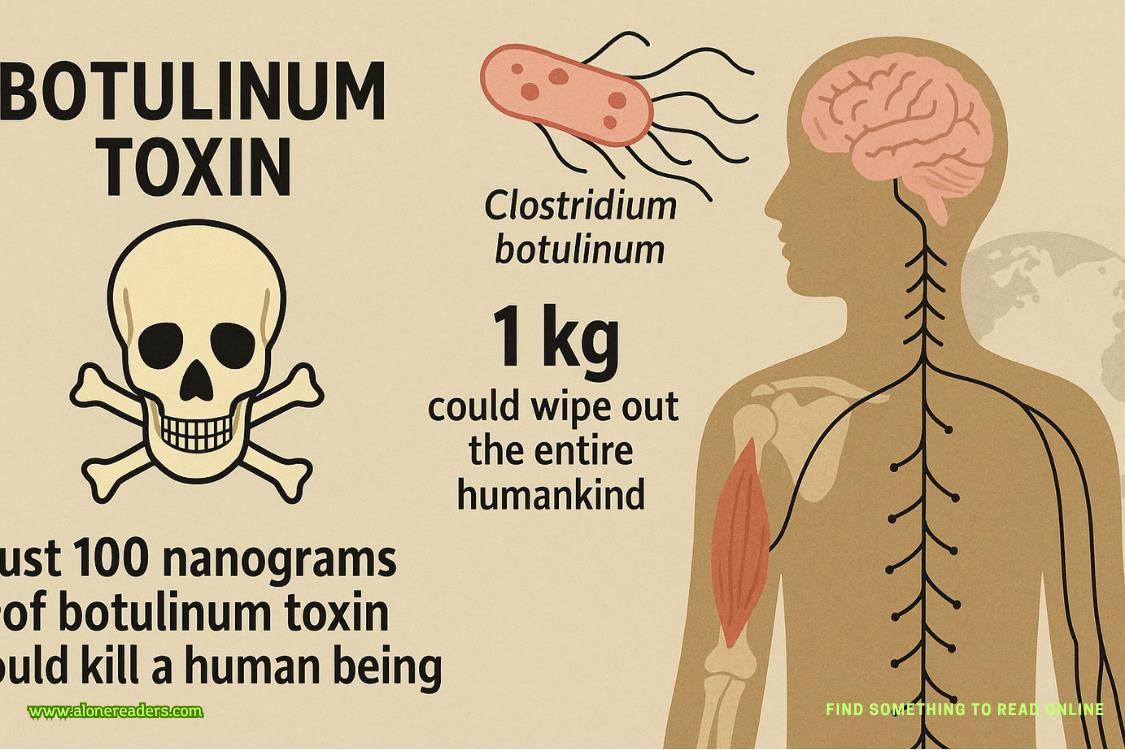SIXTY-NINE
I SIT OUT CROSS-EXAMINING Katherine Welsh’s first witness the next morning, as chipper as I’m feeling, in addition to being extremely well hydrated.
The witness is Karina Morales. She was the Carson family’s housekeeper for the ten years preceding their deaths and had cleaned the house the day of the murders. Jimmy Cunniff and I have both known this for weeks, because of his own investigation. I still consider Karina Morales nothing more than a soft target.
I know what Welsh is doing here, laying bricks in preparation for her second witness of the morning, the man who collected DNA samples from the Carson house after the bodies were discovered.
Welsh wants the jury to know how squeaky clean Ms. Morales left the place, not knowing she was making it practically pristine for the DNA goodies the bad man would leave behind later.
Or so Katherine Welsh wants the jury to believe.
Karina had scrubbed that day, oh, God, had the woman scrubbed. She vacuumed. She polished. She did the laundry. Then scrubbed even more. Welsh successfully creates the impression that had Karina Morales failed to remove any unwelcome spots or hard-to-clean stains she would have considered taking her own life.
“Girl loves her work,” Norma Banks says, getting close to my ear.
“If they made a mess when they got home later,” I say, “maybe she killed them.”
The next witness is Steve Salzman, a young, earnest, bald second responder. “I’m very passionate about how work like mine can bring criminals to justice,” he says. He talks about DNA evidence as if he’s talking about porn.
By way of introduction to the jury, Welsh has Salzman state his official title: Crime Scene Evidence Technician. It has become common practice for nonpolice personnel, usually hired by district attorneys, to do jobs like Salzman’s.
He points out that he was hired by Katherine Welsh’s predecessor, Gregg McCall—the man who hired Jimmy and me to investigate the Carson murders, before McCall disappeared from the face of the earth, his body never found. We assumed he had been killed by the late Joe Champi, the dirty ex-cop I’d removed from the face of the earth before he could do the same to me.
Now that Karina Morales has stepped down from the stand, Welsh demonstrates her own brand of housekeeping as she starts to make her case to the jurors that the trace evidence is so damning and irrefutable that the rest of the trial will seem like a mere formality.
The defendant did it.
And how do we know he did it, boys and girls?
All together now.
“The DNA!”
Welsh allows Salzman to conduct a tutorial about how DNA is collected and where he’d collected itfrom:bedside table in the main bedroom, sheets on the daughter’s bed, underneath daughter’s fingernails, mother’s sweater, the living room rug near where the cops had found Hank Carson’s body. Touch DNA. Hair follicles. A single drop of blood onthe bedside table. Somehow Salzman does all of this without making it sound as if he’s speaking in code.
He finally loses me when he gets around to polymerase chain reactions, and how useful that can be to target specific areas for forensic testing.
“Am I going on too long?” Salzman asks after finally coming up for air.
“You’re doing fine, Mr. Salzman,” Welsh says.
“Objection,” I say wearily, more out of a growing sense of boredom than anything else. “The witness is here to talk about the evidence, not sound as if he’s hosting his own show on TruTV.”
“Overruled,” Judge Horton says. “I’ll allow it.”
“But, Your Honor …”
“Butt down, Ms. Smith,” he says. “And let’s face it, your heart wasn’t really in the objection, anyway.”
Well, he has me there.
Salzman then goes on to explain why it took as long as it did to identify the DNA he did collect that day, that they didn’t find a match until one of the original detectives working the case suggested they go into the state database looking for a match after Rob Jacobson was tried later for a remarkably similar triple homicide.
“The detective said it was common sense,” Salzman says, “because it looked as if Mr. Jacobson had committed the same crime twice.”
Butt out of chair again.
“Objection,” I say. “Witness is offering commentary again. And flawed commentary at that.”




